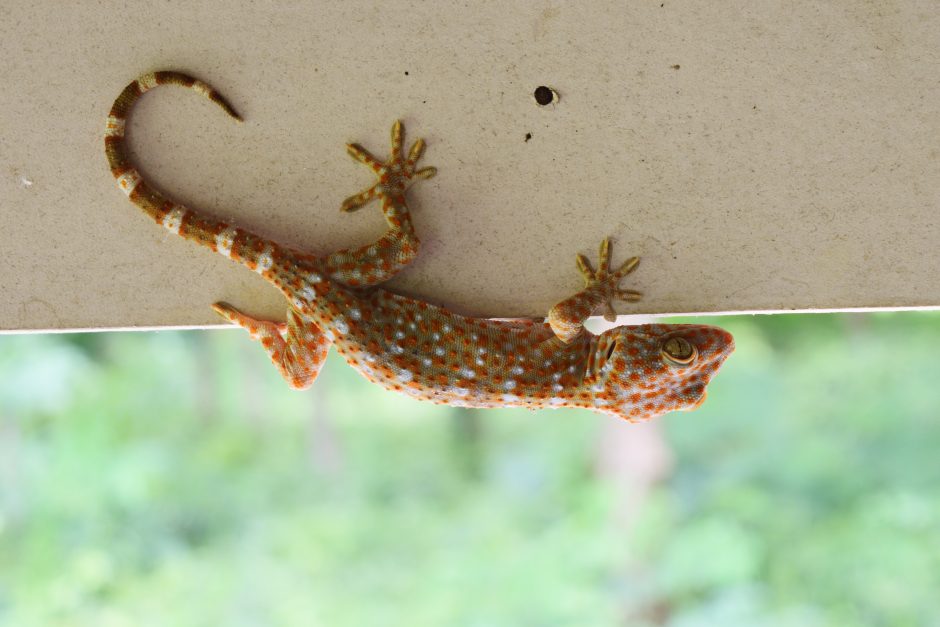
Sept. 21, 2023
Contact: Eric Stann, 573-882-3346, StannE@missouri.edu
In a new study, researchers at the University of Missouri created a proof of concept of a nanocapsule — a microscopic container — capable of delivering a specific “payload” to a targeted location.
While beyond the scope of this study, the discovery could one day impact how drugs, nutrients and other types of chemical compounds are delivered within humans or plants. The power of the forward-thinking idea for this tiny delivery mechanism comes from its inventive structure, said Gary Baker, an associate professor in the Department of Chemistry and study co-author.
“We have the ability to uniformly prepare nanocapsules in a cookie-cutter fashion by joining them together using calcium metal ions as building blocks or linking logs,” Baker said. “By doing this, we can generate multiple identical reservoirs which can transport different types of substances, or payloads. Additionally, we have proof that the substances within can transfer through the barrier of these nanocapsules into an external solution.”
Baker compares the assembly of the conceptual device to how geckos walk up walls.
“Geckos have tiny structures on the pads of their feet which contain even smaller substructures, and those substructures continue to almost the nanoscale level,” Baker said. “The combination of countless substructures interacting with a surface provides solid footing for the gecko. In much the same way, these nanocapsules are held together by a multiplicity of weak chemical interactions, but when added up together they provide a driving force for assembling the final structure.”
The study represents an important step forward for the field of supramolecular chemistry, said Jerry Atwood, a Curators’ Distinguished Professor Emeritus of Chemistry and internationally recognized leader in the field.
“While we used fluorescent molecules, they are comparable in size and functionality to molecules that someone might want to use to deliver a substance to a particular site,” Atwood said. “Therefore, this achievement highlights its potential for future uses in science and medicine.”
Kanishka Sikligar, a postdoctoral fellow at MU, made the discovery. Sikligar, who came to MU to study with Atwood, was surprised by the team’s finding.
“The size of these nanocapsules pushes well beyond the boundary of what’s been previously achieved by other researchers in this area,” Sikligar said. “I am excited to see how this discovery will help expand the knowledge and understanding of this field.”
“Nanocapsules of unprecedented internal volume seamed by calcium ions,” was published in Chemical Science, a journal of the Royal Society of Chemistry. Co-authors include Piyuni Ishtaweera and Steven Kelley at MU, and Durgesh Wagle at Florida Gulf Coast University.



